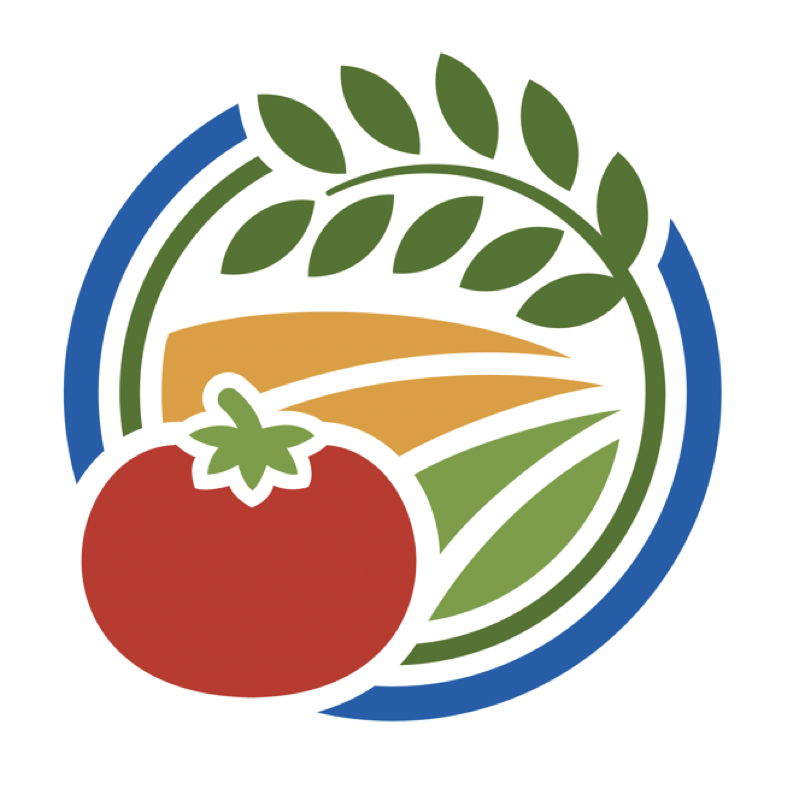Project Overview
The number of farmers markets nationwide has increased more than ten-fold over the last few decades. Today there are more than 3,000 farmersmarkets bringing fresh, seasonal, high quality foods directly from local farms to enthusiastic customers in large and small communities throughout the U.S. Although farmersmarkets are known for connecting consumers directly with farmers, there has been little recognition of the way these markets help develop farm businesses and the economies of the host communities.
In 1998, the USDA funded a tri-state study (California, New York and Iowa) to look more closely at the ways farmers markets encourage rural enterprises and entrepreneurship for farm, food processing and craft businesses. The UC Sustainable Agriculture Research and Education Program (SAREP) is conducting the farmers market study in California. Each state has completed a telephone survey of 60 market managers and a mail survey of about 400 vendors to identify some of the key features of successful markets and vendors. Results from the California market managers’ survey are published in the November/December 1999 issue of California Agriculture.
Some farmers markets have created particularly innovative entrepreneurial environments for their vendors and local businesses. To capture some of the best “success stories” our tri-state study has conducted case studies of farmers markets in each state. The case studies above highlight the specific ways in which two particular markets have helped vendors prosper and enrich their communities.
